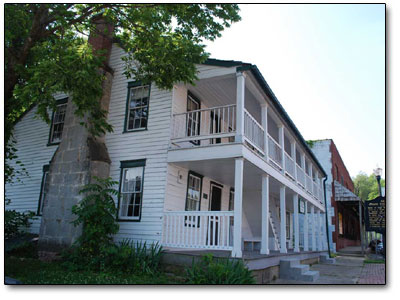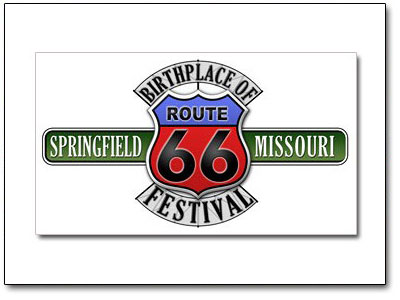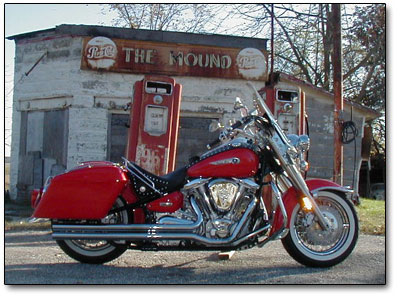Woodruff of Springfield was elected as the first president of the U.S. Highway 66 Association, organized in Tulsa, Oklahoma in 1927. Its purpose was to get U.S. Highway 66 paved from end to end and to promote tourism on the highway. In 1938, Route 66 became the first completely paved highway of the numbered highways in America. Often referred to as the Mother Road, a placard placed in Park Central Square was dedicated to the city by the Route 66 Association of Missouri, and traces of the Mother Road are still visible in downtown Springfield along Kearney Street, Glenstone Avenue, College and St. Louis streets and on Missouri 266 to Halltown. Many parts of Route 66 are still visible in Springfield, along with other sites and sights that were at their heyday when Route 66 was the primary east-west route through the country.
“It is important that people realize the significance of Route 66 in the history of the city and the country, and that it was born here,” says David Eslick, a member of the Route 66 Association of Missouri and co-chair of the Birthplace of Route 66 Festival. “This festival will be a fun way to achieve that recognition.”
The Birthplace of Route 66 Festival was designed to celebrate and remember the role Springfield played in the Route 66 era. College Street, where the festival took place in 2011, is on the original Route 66 byway and the 2012 site of the festival was in Park Central Square and featured 200 classic cars, live music, food, and Mother’s Beer.
There are 92 parks including the Botanical Center at Nathanael Greene/Close Memorial Park, three golf courses, a zoo and other facilities owned or managed by the Springfield-Greene County Park Board. These facilities have been host to state, local and national tournaments in softball, soccer, hockey and tennis. Six recreational lakes are within 100 miles or 160 kilometers of Springfield. Table Rock Lake and the Branson entertainment area are within 45 miles or 72 kilometers. Springfield-Branson National Airport (SGF) serves the city with direct flights to 12 cities with 33 daily flights. It is the main airline gateway into the Springfield area. Direct connections from Springfield are available to Atlanta, Chicago, Dallas, Denver, Las Vegas, Memphis, Minneapolis, Orlando, Phoenix, St. Louis, Tampa and Los Angeles. No international flights currently have regular service into Springfield-Branson, but it does serve international charters. Springfield is home to the Abou Ben Adhem Shrine Mosque, often known locally as “the Shrine Mosque” or simply “the Shrine”, is a building of arabesque design located in downtown Springfield. It is owned by the Ancient Arabic Order of the Nobles of the Mystic Shrine – more commonly known as the Shriners, and is the site of the annual Shrine Circus. The five-story building includes a large auditorium with seating for over 4,000 and has often been used for concerts. It was built in 1923 for a cost of $600,000 and placed on the National Register of Historic Places in 1982. The name derives from Ibrahim ibn Adham, taken from the poem Abou Ben Adhem by James Henry Leigh Hunt.







